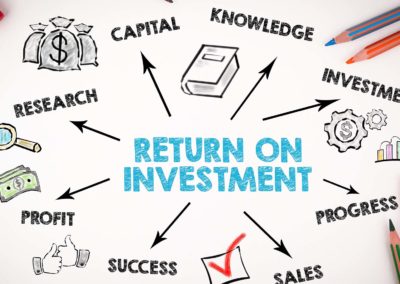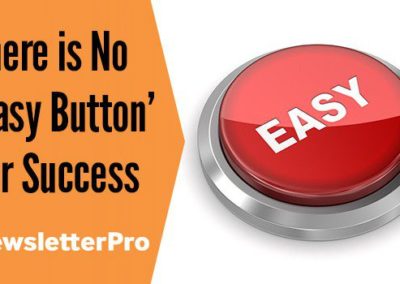Giving up is easy, especially when everyone says your great idea isn’t worth their time. In the face of rejection, how do we respond? If you’re Haim Saban, media proprietor and founder of Saban Capital Group, you take rejection as a sign you’re going in the right direction.
“The biggest hits in my life have been a result of significant rejection. Every time I have an idea, and people tell me, ‘No, don’t do that,’ I think, ‘Oh, I’m onto something!’”
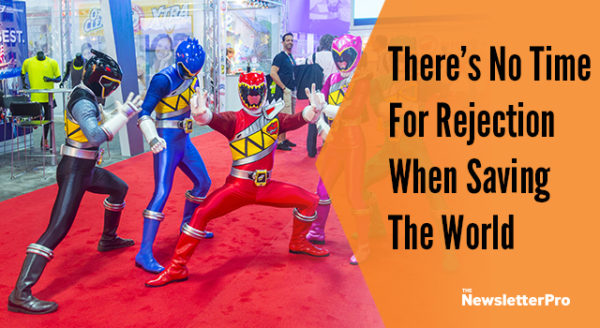
A Hero’s Journey
Haim Saban isn’t Hollywood’s most well-known success story. There’s a good chance you don’t even know his name. But you’ve likely heard of his claim to fame: a team of brightly colored teen heroes called the Power Rangers.
For 25 years, Saban’s helmeted heroes have conquered the world of children’s programing. Back in 2001, the Power Rangers earned Saban $1.5 billion, the biggest cash payout to a Hollywood mogul at the time. But this worldwide phenomenon wasn’t met with instant acclaim. In fact, when Saban first presented his Rangers to TV execs, he was laughed out of boardrooms.
Saban got his start in Hollywood creating themes and scores for some of the most beloved cartoons of the ‘80’s, like Inspector Gadget and He-Man and the Masters of the Universe. But Saban found his crowning achievement while on a trip to Japan. Flipping through the stations on a hotel TV, Saban found Super Sentai. This live-action kids’ show featured superpowered teenagers who fought monsters while decked out in colorful spandex costumes and helmets.
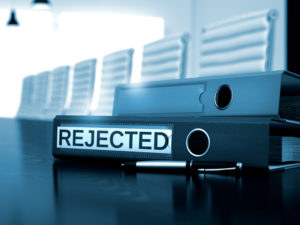 In an interview on NPR’s “How I Built This,” Saban remembered how fun the show looked. “There was nothing else like it on American television,” he said. “It dawned on me that, because the characters wore helmets during the fight sequences — which are the most expensive parts of a show to film — it would be easy to refilm the other scenes with American kids in an American setting and splice them together with the action.”
In an interview on NPR’s “How I Built This,” Saban remembered how fun the show looked. “There was nothing else like it on American television,” he said. “It dawned on me that, because the characters wore helmets during the fight sequences — which are the most expensive parts of a show to film — it would be easy to refilm the other scenes with American kids in an American setting and splice them together with the action.”
Saban bought the rights to Super Sentai, redubbed it Mighty Morphin Power Rangers, and filmed a pilot. Saban knew he had a hit on his hands. Unfortunately, few people in the United States agreed. Whenever Saban presented the Power Rangers pilot, network execs would ask, “Why do you embarrass yourself with this?”
The rejection stung, but Saban refused to abandon his Rangers.
Go, Go, Power Rangers!
After 8 years of pitching Power Rangers, Saban met Margaret Loesch, head of Fox Broadcasting Company’s children’s programming in the early 1990’s. Loesch loved the unique show and eagerly ordered a full season of 40 episodes. Other Fox execs lacked Loesch’s confidence.
Horrified by the odd monsters and cheesy combat, they warned Loesch she was putting her career on the line. Some of Loesch’s peers begged her not to put the show on air. Loesch didn’t back down. She insisted they give Power Rangers a shot, and planned to air the show early in the morning for 8 weeks during the summer.

The first episode of Mighty Morphin Power Rangers premiered on August 28th, 1993. In less than a week, Power Rangers beat every other kids’ show on the network. It delivered 3 times the ratings of Fox’s former hits Animaniacs and Batman. That’s right. In 1993, the answer to “Who would win in a fight, Batman or the Power Rangers?” was the Power Rangers.
Saban’s show moved to the more desirable afternoon time slot, and Fox ordered another season right away. Six months later, the live Power Rangers event at Universal Studios in Los Angeles backed up traffic for 10 miles. Upwards of 35,000 hysterical kids and their parents overran the theme park.
Now, Power Rangers boasts 24 television seasons of 20 different series, 3 theatrical films, billions in merchandise sales, and airs in 140 worldwide markets every week. Kids today — and some adults, too — are as crazy about these helmeted heroes as they were in 1993.
Rejection Turns Zeros Into Heroes
Haim Saban is by no means the first person to achieve success by refusing to take no for an answer.
Celebrated author J.K. Rowling sent her first Harry Potter manuscript to 12 different publishers before someone finally said yes. Today, Rowling’s Wizarding World is one of the highest-grossing franchises in the world. The latest movie, Fantastic Beasts: The Crimes of Grindelwald, is set to release November 16th, 2018.
Walt Disney was fired from the newspaper “The Kansas City Star” because the editor thought Disney “lacked imagination.” In 2017, the Walt Disney Company was estimated to be worth over $95 billion.
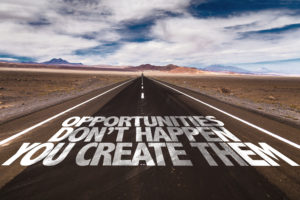
How do they do it? How do some people take the most devastating response — being told you’re efforts aren’t good enough — and turn it into something great?
Every successful person learns how to overcome rejection through mental strength and by developing a solid action plan. Knowing how to handle rejection doesn’t make being told no sting less, but it can help us keep moving forward. It’s a skill everyone can benefit from because we never stop dealing with rejection. Even after he became a famous movie star, Ryan Reynolds received 47 rejections letters in the 11 years he fought to get Deadpool made.
There comes a time when everyone is told they should just give up. Those who refuse to listen have what Saban calls “kishkes,” meaning “the gut” in Yiddish.
“Gut is many times more important than brain,” Saban says.
When you have an idea, and you know in your kishkes that it’s worthwhile, will you let the naysayers convince you to back down? Or will you fight to see it through?




